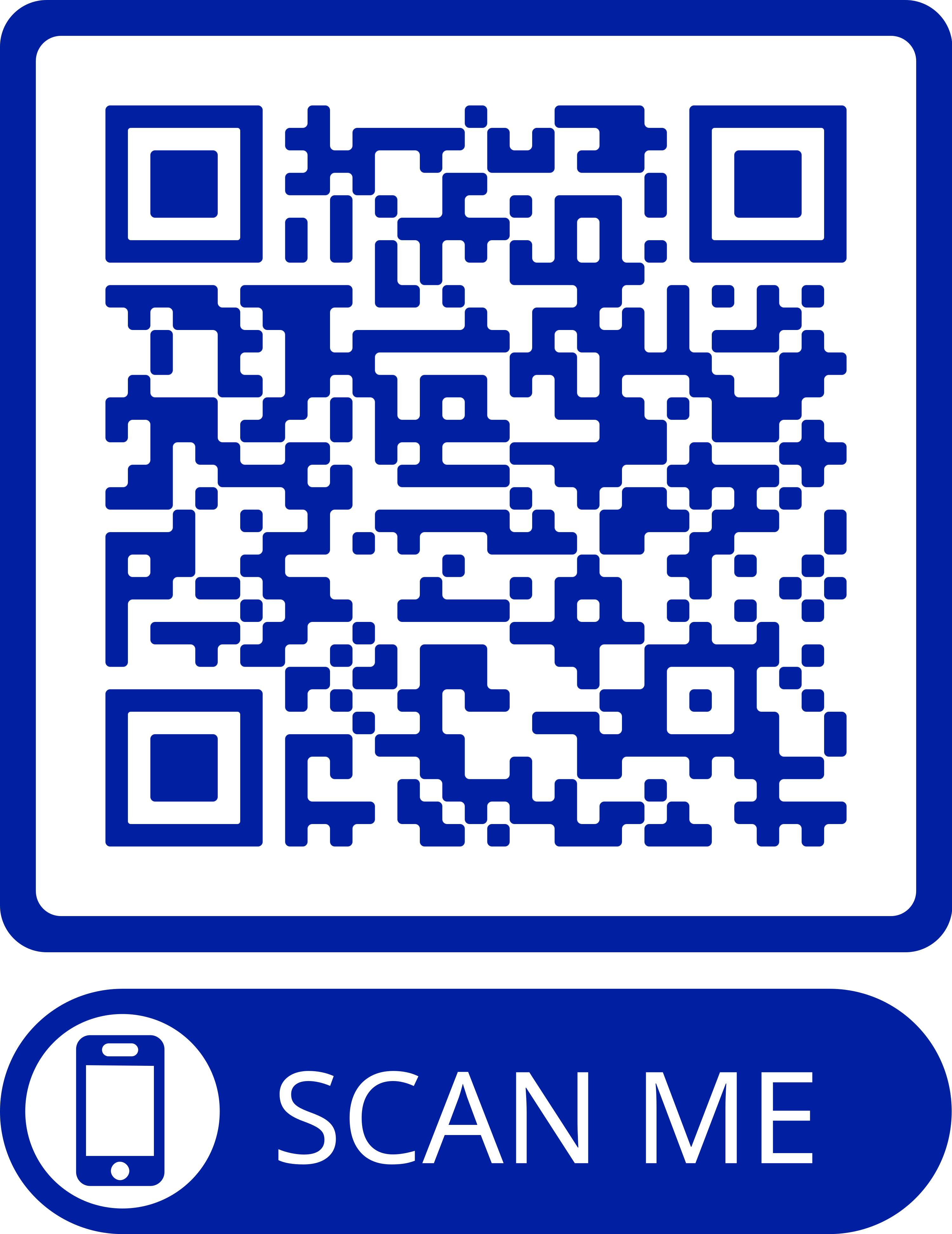- Reference Number: HEY1225/2021
- Departments: Cardiology
- Last Updated: 22 January 2021
Introduction
This leaflet has been produced to give you information about conscious sedation. It is not meant to replace discussion between you and your doctor. If after reading it, you require further explanation please discuss this with the relevant person who has been caring for you. The aim of this information leaflet is to explain what conscious sedation is and to help answer some of the questions you may have about having conscious sedation for your procedure.
What is conscious sedation?
Conscious sedation is when you are given strong drugs to help you tolerate procedures by making you feel more relaxed and sleepy. The drugs are administered intravenously by a designated staff nurse who is responsible for caring for you during your procedure. The medications the nurse will give to you will help you feel less anxious, although you will not go to sleep, you may think that you have been. Many people cannot remember very much afterwards.
Before sedation
If this is a planned procedure you should:
- Not eat for 4 hours before procedure (this includes eating sweets or chewing gum)
- Not to drink water for 2 hours before procedure.
- Follow any instructions given at pre-assessment with regard to your regular medications including blood thinning medications.
- Tell the doctor or nurse caring for you if you take strong opiate/morphine type medication (strong pain relief medication)
Frequently asked questions
What if I feel pain during the procedure?
There will be a doctor with you at all times during your procedure and the sedation nurse will be monitoring you and can give you more sedative or pain medication, if it is needed.
Rarely, we need to give people general anaesthetic if they cannot tolerate the procedure under sedation. If this is the case we may need to bring you back another day.
What are the benefits of sedation?
Sedation makes you more relaxed and able to tolerate procedures that might otherwise be too uncomfortable.
Will I be aware of what is going on around me? Will I remember?
Sedation is not a general anaesthetic, you will be aware of things that are going on around you and a sedation nurse will be with you at all times. Some people cannot remember the procedure but this is variable and can depend on the type of sedation that you receive.
What are the risks of sedation?
The risks are low. Sometimes you can have too much and get too sleepy; however, there are drugs that can be given to reverse the sedation. You are fully monitored during your procedure and will be given some oxygen via a nasal cannula (small prong in to each nostril). The doctor and sedation nurse will discuss risks that are specific to your procedure.
When can I go home?
Once the sedation has worn off and you are back to how you where before your procedure (same day), you will be able to go home. You must have somebody with you for 24 hours after sedation.
Who can I contact if I want further information?
If you are for a planned procedure, please use the contact number on your booking letter for further information. After your procedure you will be given clear contact details so that you know who to contact if you are worried or concerned.
Advice following conscious sedation
It is now safe for you to be discharged home, as the strong drugs that were used have worn off enough. However, you may still feel a little confused, sleepy, dizzy or clumsy.
This is not unusual, but may take some time to go away, so please follow this advice:
- Stay with friends or family for next 24 hours.
- Avoid alcoholic drinks for 24 hours.
- Do not make any important decisions, such as signing contracts, commitments or major purchase for the next 24 hours.
- Do not undertake any activity that requires you to be alert or co-ordinated for the next 24 hours- this includes driving, operating heavy machinery or power tools, cooking, climbing or riding a bicycle. *NOTE THAT IF YOUR PROCEDURE INVOLVES FEMORAL (GROIN) PUNCTURE/ACCESS THIS WILL EXTEND TO 7 DAYS FOR DRIVING. You will be given a separate guidance/letter for this.
- If you need pain relief medication, use those provided by the hospital or simple over-the-counter pain relief medication.
- If you feel sick or vomit, stick to fluids until you can tolerate solid food. If this persists, contact your doctor or attend your local Emergency Department.
Should you require further advice on the issues contained in this leaflet, please do not hesitate to contact the Clinic (01482) 461518
Tell us your views
If you wish to discuss any aspect of your treatment and care, please speak to a senior member of staff or the nurse looking after you

